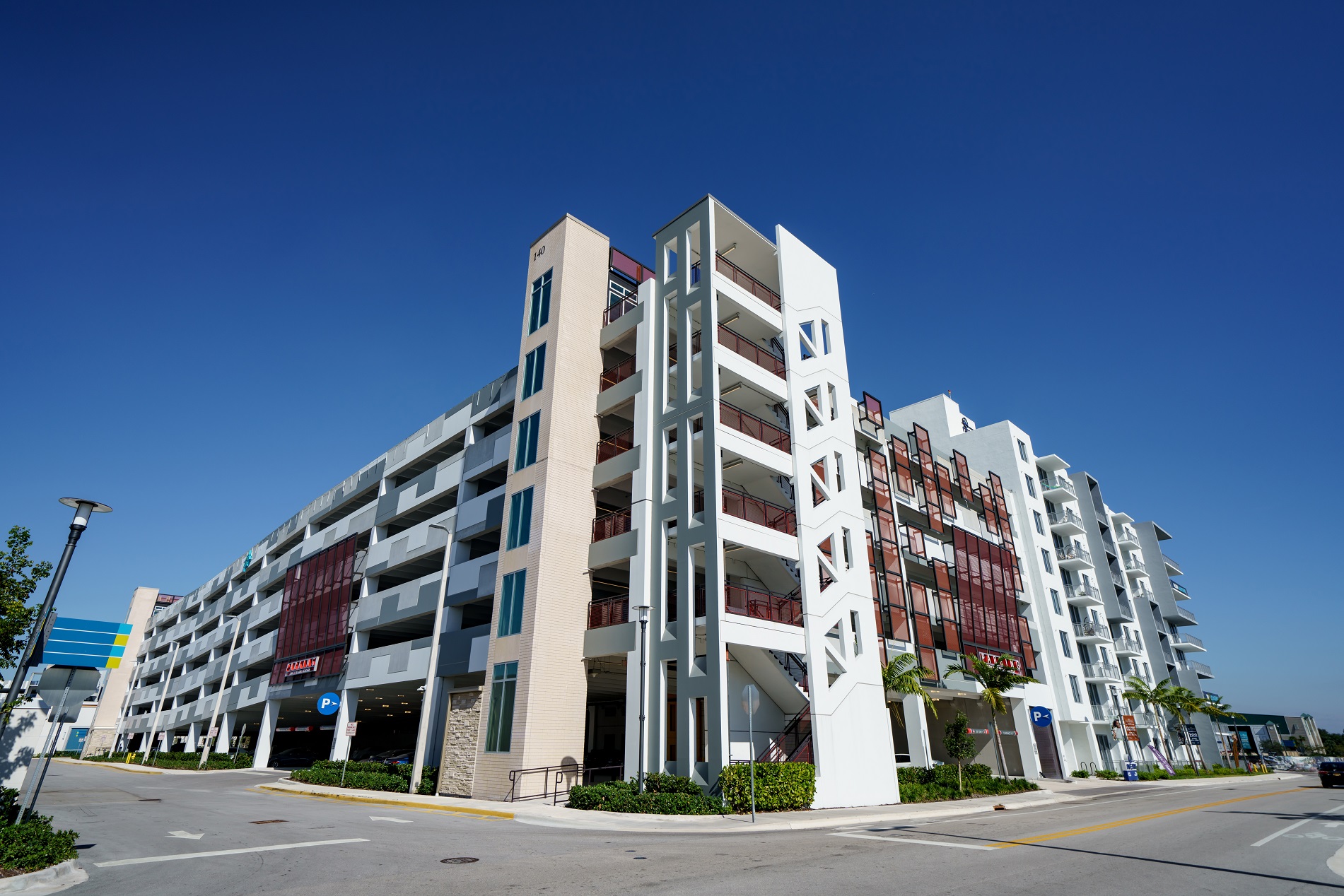Mixed-use developments can be confusing for anyone new to real estate investing. But mixed-use properties aren’t new to most people. In recent years, mixed-use properties have gained popularity due to changing consumer behavior as most people prefer having their favorite restaurants, shops, and workplaces within walking distance.
Defining Mixed-Use Developments
Primarily located in urban and sub-urban areas, mixed-use properties combine residential, commercial, and in some instances, industrial units, allowing investors to leverage different property types in one investment. Typical properties that feature mixed-use developments include retail stores, offices, hotels, restaurants, houses, and gyms.
From an investment point of view, mixed-used developments can offer better performance in the long run and may even generate higher returns for realtors. But investing in mixed-use properties requires huge financial investments. And as such, commercial real estate investors can finance their investments through loans, such as a commercial bridging loan. See bridging loans explained here.
If you’re considering investing in such properties, this article contains insights you need to know about mixed-use developments to help make the most out of your investment.
Main Types Of Mixed-Use Properties
When searching for mixed-use real estate developments to invest in, you’re likely to come across the following:
- Main Street Properties
These properties are mainly developed on main streets within town centers. Often, they’re vertical developments that combine commercial and residential units. Main street properties typically feature commercial units on the ground floor and residential units on succeeding floors. The main street concept is among the oldest kind of mixed-use property development.
- Live-Work Properties
These kinds of properties feature spaces where tenants could work and live in the same building. In these properties, businesses and office spaces are located on the ground floor, and there are apartments on top floors. Live-work properties appear like business partners having shared workspaces and living adjacent to each other.
- Office Spaces/Amenities Properties
With most people opting to live where they work, there is an increase in small office units in mixed-use communities. Such properties feature multiple-floored structures with professional service and small retail companies. And generally, the design of floor plans caters to enterprises with small footprints.
- Converted Shopping Malls
E-commerce has led to a notable decline in shopping malls. As such, creative developers are increasingly repurposing unoccupied shopping malls to make them mixed-use commercial properties with residential units. In some instances, developers include office units in their conversions to integrate a culture of live-work-place.
- Mixed-Use Hotel Properties
The hotel sector has also introduced a new trend in mixed-use properties. To maximize profit, hoteliers include the following in their properties:
- Condos
- Retail spaces
- Hotel rooms
- Co-working space facilities
- Office spaces
- Fitness and wellness centers
- Entertainment facilities
Such properties leverage the hotel industry to boost traffic and maximize profitability.

What Makes Mixed-Use Real Estate A Good Investment?
Mixed-use development investments can be strategic due to their growth potential and opportunities. The main factors that drive these opportunities include:
- Growing Demand for Apartments And Residential Units
The last decade has seen a significant increase in the number of people opting to rent apartments. Most people rent apartments in mixed-use properties due to their practical use of space and the convenience it brings, especially since they have ease of access to commercial establishments.
- Accessibility And Convenience
It’d be worth noting that perhaps, one of the prominent reasons why mixed-use developments work is due to the convenience it brings. Most people opt to lease or rent mixed-use properties due to their proximity to essential amenities. Increasingly, people opt for neighborhoods with stores and restaurants close by. This boosts demand for mixed-use developments and increases profitability for investors.
- Changing Consumer Preference
Decades ago, urban living was a preference for few. This has changed today as most working-class people prefer to live in places where they could either use public transport or walk to work. This preference change has pushed the demand for mixed-use properties up.
- Retailer Benefits
The retail sector has grown significantly in the past decades. However, the emergence of e-commerce and the Covid-19 pandemic has hurt this growth.
As such, mixed-use properties can provide a unique opportunity to retailers by making them more accessible to customers and driving foot traffic. This makes these properties strategic investments for realtors looking for a constant income flow.
Final Thoughts
Mixed-use developments can offer significant financial benefits to investors due to the various spaces that a single property can provide to its tenants. More so, the mix of residential, commercial, and retail uses reduces tenant travel and provides tenants with a sense of community.
The increasing demand for these developments can guarantee potential investors higher returns. Mixed-use properties also allow investors to diversify investments across different property types, effectively reducing risk as their investments thrive even in times of economic downturns.


